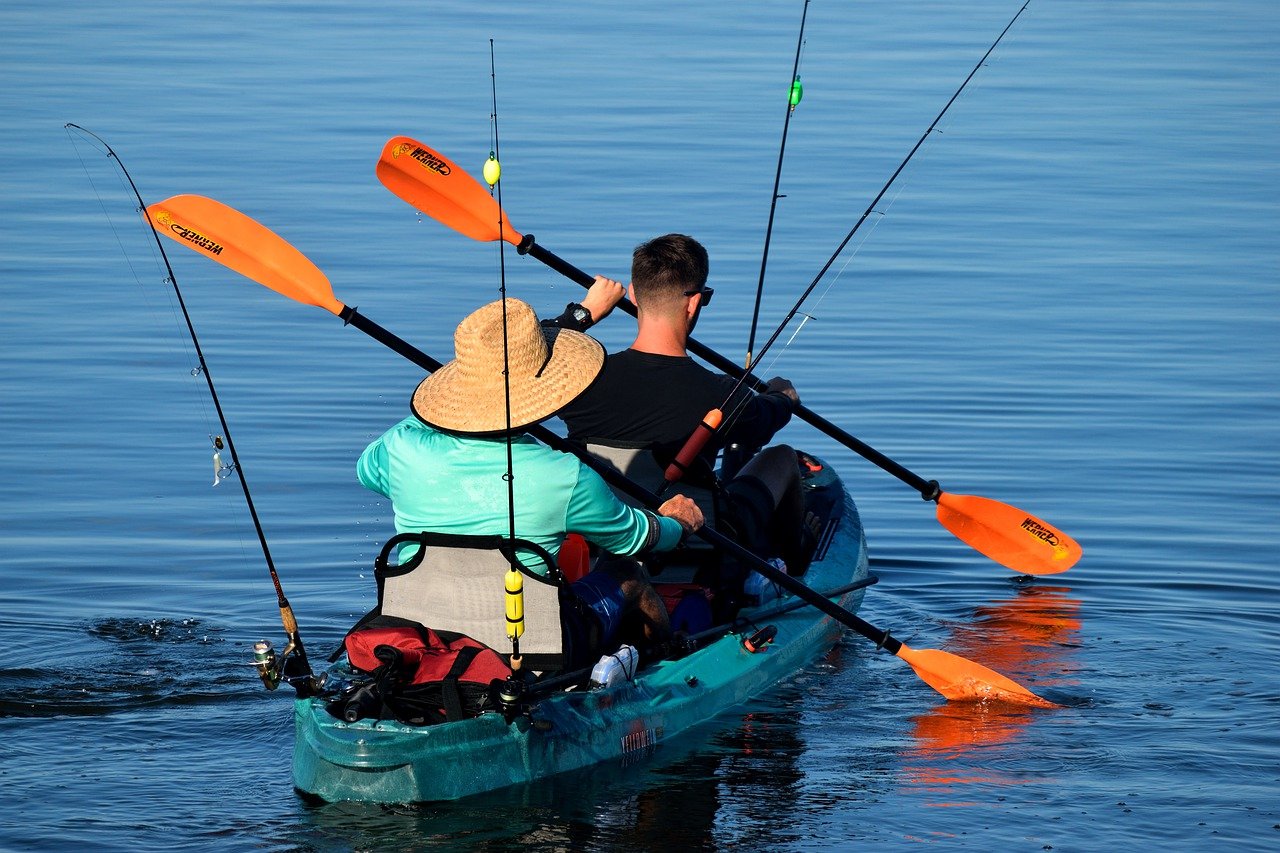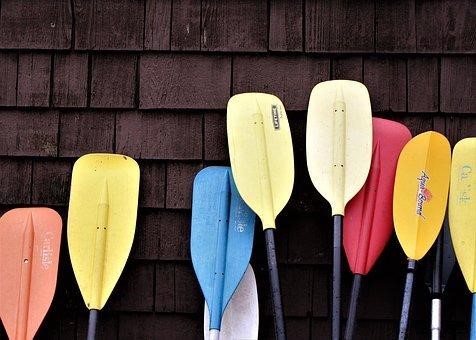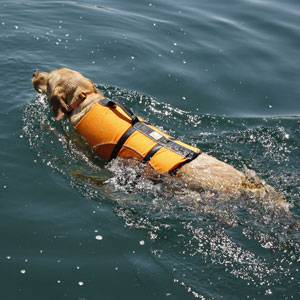Getting in and out of your kayak is something that every kayaker has to get used to, especially beginners. And there’s no sugar-coating it — it can be one of the more tiresome parts of kayaking.
To do so properly, you need to have the appropriate technique and adequate physical effort. If you do it incorrectly, you could end up embarrassing or even hurting yourself.

While there’s a chance you may be struggling with it in the beginning, we can assure you you’re far from the only one. Virtually every kayaker has struggled to get into their kayak the first time. If you keep trying, though, we guarantee you’ll be able to get in and out of your kayak just as easily as you paddle it.
Your chosen technique to get in and out of your kayak will depend on where you are. If you are getting into your kayak while on the water, you will need a different technique than if you were at the beach or a dock.
Let’s take a closer look at our tried-and-true tips on getting in and out of a kayak.
Table of Contents
How to Get Out of a Kayak
Getting out of your kayak either onto land or shallow water is as much an important skill as getting in.
First, you’ll want to secure your kayak. If you are near a dock, you will want to ensure that you line up as close to the dock as possible. You could also secure your kayak to the dock using a tow line if you have one.
Alternatively, you can have someone steady your kayak as you get out if you are kayaking in a group.
If you are getting out close to the water’s edge, you need to properly position yourself. Once you are close to the shore, you should push down onto the river bottom using your paddle to put you closer to the edge.
Remain Steady
You can place your paddle behind the cockpit with one end on the shore and the other right on your kayak to help your kayak remain steady. The process is the same if you are at a dock, except you place your hand on the dock to steady yourself until you can get out of the kayak.
Climb Out
If you are close to the edge of the shore, there might not be a feasible edge for you to pull yourself off. For scenarios like this, you can simply use your paddle as a bridge or brace. Place it between your shoreline and kayak.
You should place one end of your paddle on the shore and the other behind the kayak cockpit. Next, place both hands behind you right onto the kayak paddle to lift your bodyweight out of the kayak seat. Place one leg out sideways. Make sure you don’t take a step too far, so you don’t upset the balance and risk capsizing.
Once one leg is ashore, you can transfer the rest of your body weight onto that foot while swiveling your other leg out.
You can turn to face the dock and then place both hands on the edge of the dock. Use your arms to push down to put your weight on your shoulders. Next, swivel your butt onto the dock’s edge. Once your center of gravity is on the dock, you can lift your legs off the kayak.
How to Get In and Out of a Kayak from a Dock or the Water’s Edge
Trying to get into your kayak from either a dry dock or the water’s edge is one of the easiest procedures. Nevertheless, simply trying to do so with the improper technique could still see you get thrown into the water with a few bruises to boot.
Make Sure the Kayak is Lined Up
Before attempting any move to get back into the kayak, make sure the watercraft is lined up correctly to the edge of the dock or the shore.
You also want to check that it won’t move away at the slightest touch or in calm water. The most effective way of doing this is to get someone else to hold the kayak steady for you, especially if you are a newbie.
Use Your Paddle as Your Brace
If the shore or dock is about the same level as your kayak, then you might want to lay the paddle down to act as a bridge. If they aren’t on the same level, then you might have to put your paddle somewhere close by. It has to be close enough for you to reach once you are in the kayak.

Sit Close to the Kayak
This step requires you to stay close to your kayak. Place one hand on your kayak paddle or land as a brace while the other holds onto the far side of the kayak. Next, place your near leg into the cockpit to transfer your weight onto that foot once you are in, and then lower your backside onto the kayak seat. Once that is done, you can transfer the other leg.
How to Get In and Out of a Kayak from the Water
Trying to get into your kayak while in the water is an important skill that all kayakers have to learn. You could have a capsized kayak or overturned kayak in cold or deep water, and this skill has the potential to save your life.
Remain Calm
This is the first step. When you drop into deep water, particularly cold water, you can be shocked. The most important thing is that you do not panic at all. You have to remain calm and always remember your entry technique.
You shouldn’t be afraid to ask for help if you need it. Having someone assist you while you get into your kayak from the water can be a lot easier than if you attempt it all alone. For this reason, most kayaking experts recommend kayaking in groups, especially if you engage in deep water kayaking.
Hang Onto Your Paddle
When in the water, you must hang on to your paddle. You’ll have a hard time controlling your kayak if you lose the only thing that can help you steer it.
When trying to get into your kayak, you should have your paddle close by. If you are part of a kayaking party, you can hand it off to someone in your group. Alternatively, you can attach it to your kayak’s paddle storage compartment.
Place Your Kayak in the Upright Position
If you have a capsized kayak, you should flip it back the right way up as quickly as you can. There are two ways to do so:
- Pulling over: This procedure requires you to kick your legs using the momentum to place yourself above the hull. Once up, grab the far edge of the overturned kayak, making sure your hold is firm. Let yourself slip back into the water, and your body weight should flip the kayak over. This procedure is best suited for kayakers that have a larger kayak.
- Pushing over: This procedure requires you to place your hands underneath the kayak and then push up, flipping the kayak over. Keep in mind that this procedure might be harder to achieve for heavier kayaks.
Additionally, if your kayak is full of water, it might be necessary to tow it back to shore before you can empty it. It is recommended that you take a bilge pump along with you if you are heading out into deeper waters.
Pulling Yourself In
Once your kayak is in the upright position, and you have control of your paddle, your next step is to position yourself to get back into the kayak. You should be by your kayak’s side facing the direction of your seat.
Grab the kayak’s edge closest to you and, while kicking your feet, create momentum that pulls your body to the cockpit’s far side. Once your midsection is over the cockpit, you can swivel your legs until you are right on top of the seat. At this point, you can simply tuck your legs into the cockpit and assume the proper paddling posture.
Trying to get into your kayak from the water is an extremely challenging procedure, so it might sound a bit complex or even confusing at first.
Conclusion
With the tips in this guide, you should be on your way to seamless entry and exit in and out of a kayak. As mentioned earlier, it takes a lot of practice and dedication to get it just right, so be patient and have faith.


